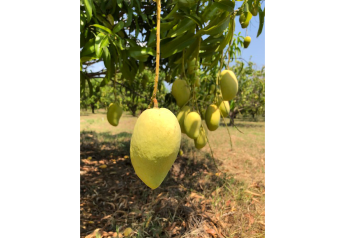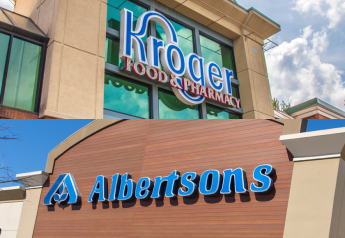DAT: June contract truck rates at the lowest level in nearly two years

While truckload freight volumes and spot rates held firm in June, contract rates fell to their lowest points in almost two years.
Those were two conclusions from the latest market review by DAT Freight & Analytics.
“The gap between spot and contract rates was the narrowest since April 2022,” Ken Adamo, DAT chief of analytics, said in a news release. “Spot rates for van and refrigerated freight increased for the third straight month, and volumes were almost unchanged from May. These are signs that spot truckload prices have reached the bottom of the current freight cycle.”
The national benchmark contract rate for dry van freight has not increased for 12 consecutive months. At $2.58 per mile, the rate was 70 cents lower than a year ago, according to DAT.
The DAT Truckload Volume Index (TVI), an indicator of loads moved during a given month, decreased marginally for van and refrigerated (“reefer”) freight and increased slightly for flatbed loads, DAT said in the release.
On the spot market, the national benchmark rates for van and reefer freight rose while the flatbed rate declined compared to May, the release said.
Related: What’s down the road for transportation costs?
The spot reefer rate in June was $2.47 per mile, up 3 cents from May, according to DAT.
Lower diesel prices in June pushed fuel surcharges to 17-month lows, averaging 43 cents a mile for van freight, 46 cents for reefers, and 51 cents for flatbeds.
The national average van load-to-truck ratio was 2.6, meaning there were 2.6 loads for every van posted to the DAT One marketplace last month. The ratio was 2.5 in May and 3.9 in June 2022.
The reefer ratio averaged 3.8, up from 3.6 in May but down from 7 in June 2022, according to DAT.
“Demand for truckload services typically slows at this time of year, but this could change quickly given the threat of strikes in the parcel and less-than-truckload sectors,” Adamo said in the release. “Shippers are putting contingency plans in place and would look to freight brokers and carriers on the spot market to keep their line haul operations moving. Demand for trucks would jump, especially around Louisville, [Ky.,] Memphis, [Tenn.,] Indianapolis, Dallas and other major parcel hubs.”







